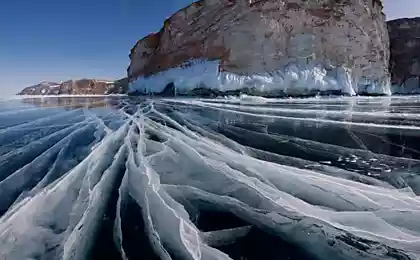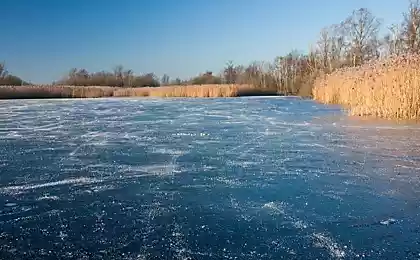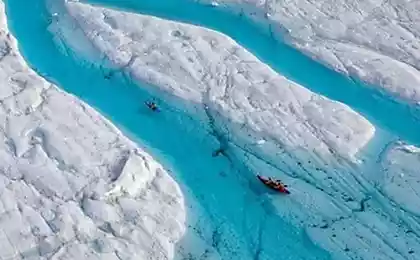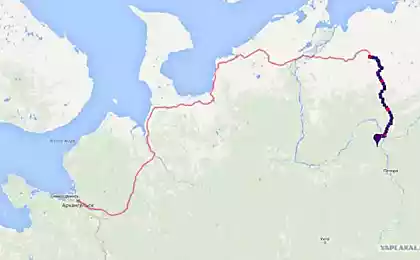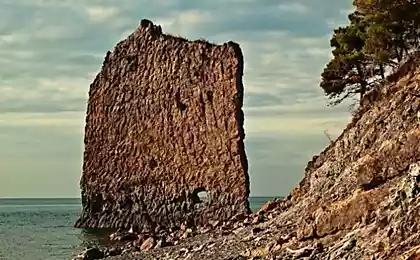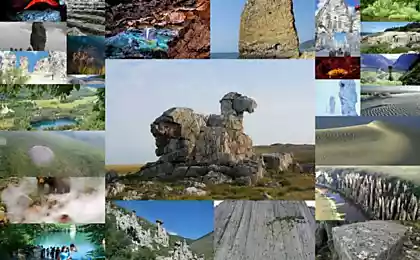2499
Penitentes - what is it?
In the highlands of the central Andes can be seen Penitentes (penitents) - this is another mysterious natural phenomenon.
Let's look at this phenomenon is near.
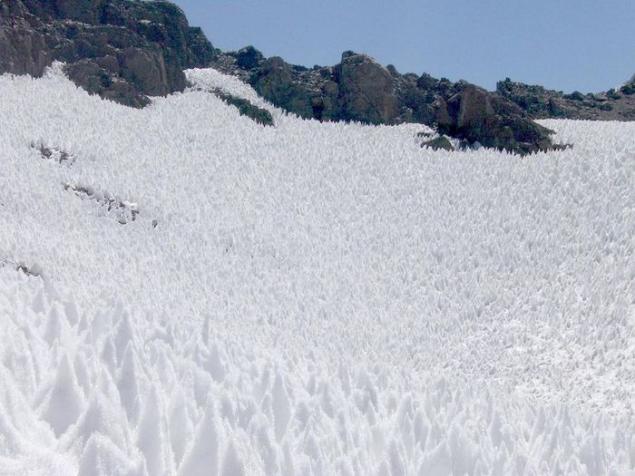
This multiple needles of ice and snow on the glacier surface height from a few centimeters to two meters.
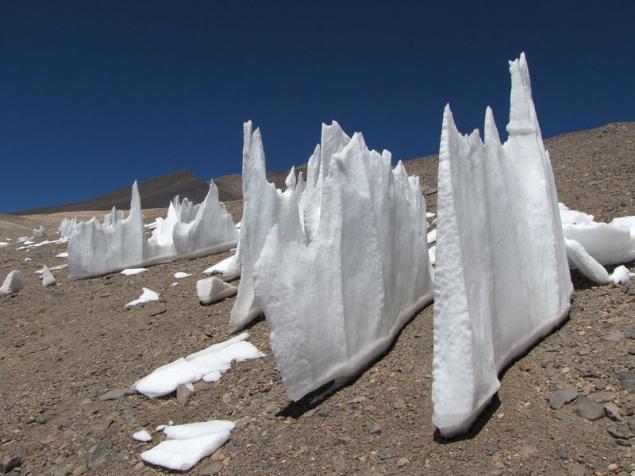
They were first described in the literature by Darwin back in 1839. March 22 this year, a scientist visited the snowy plains covered Penitentes, near the pass Pikuenas, on the road from Santiago de Chile in the Argentine city of Mendoza.
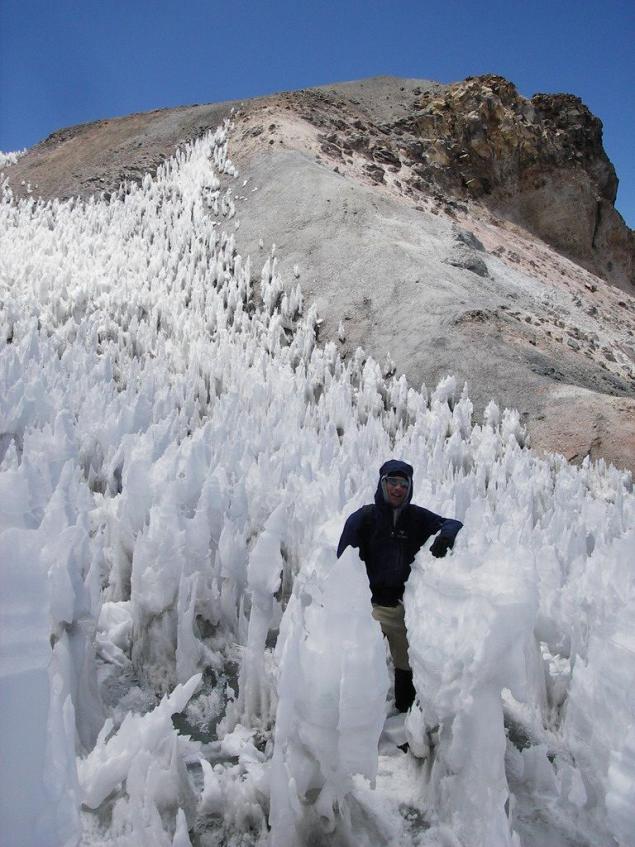
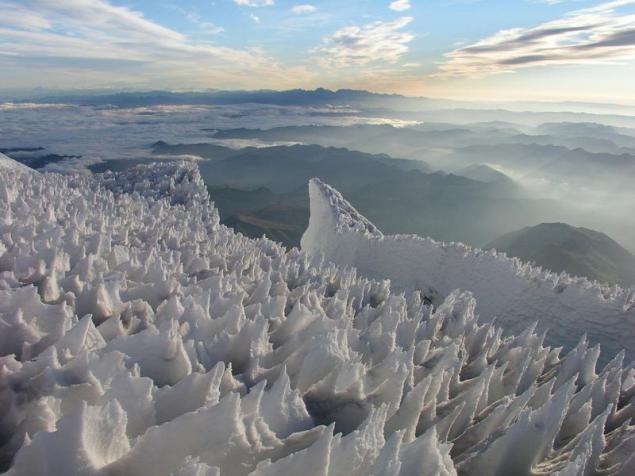
In the high glaciers of the Andes mountain range, where the air is very dry, snow can be converted into an amazing blade of ice several meters high, which are called Penitentes. These units take the form of a very tall thin blades of very hard snow or ice, directed towards the sun. Penitentes typically located in large groups, ranging from a few inches to two feet, but recently has been found the formation of 5 meters in height. These blades are ice and snow are growing in all areas of the snow-capped Andes height of over 4,000 meters, it is quite a common sight in the regions of honey Argentina and Chile.
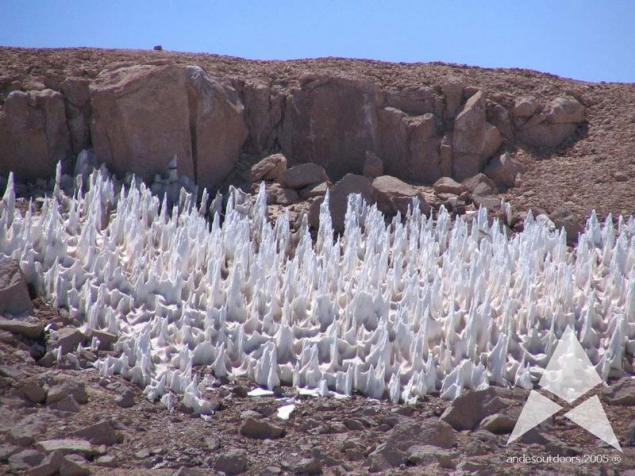
Locals believed that Penitentes formed by strong winds that blow here very often
In reality, however, the wind has absolutely nothing to do with these groups. They are formed when the sunlight is converted to snow in pairs, without melting it. This process is called sublimation. Initially, the smooth snow surface irregularities appear, concentrating on myself sunlight and thus further accelerating the emergence of Penitentes.
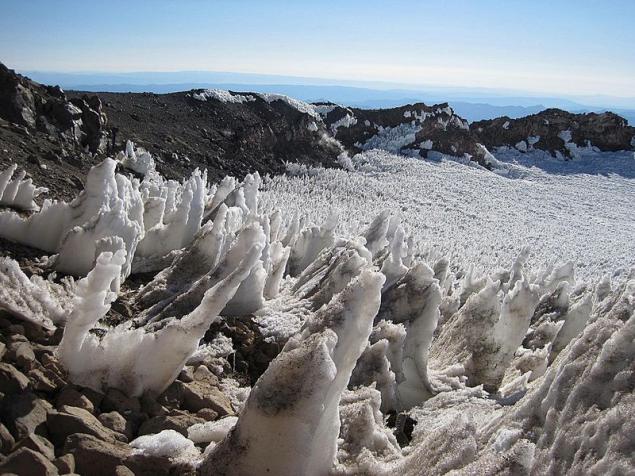
Now scientists are paying these snow formations very close attention, believing that the process of absorption of sunlight is due to the presence of carbon in the snow. If this is true, then disappearing glaciers can be saved from the effects of global warming. Conducted extensive research on the impact of global warming on the formation of Penitentes.
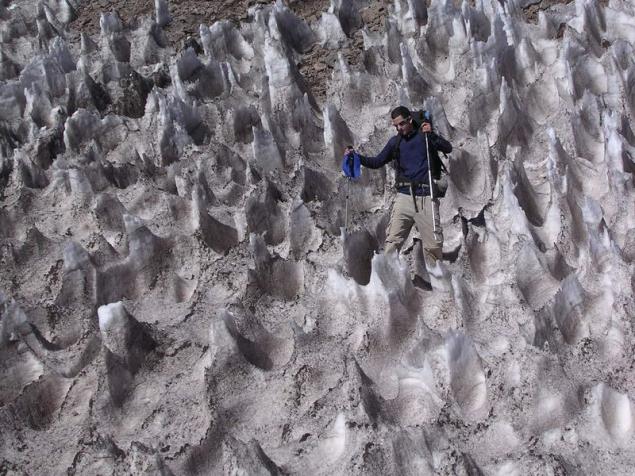
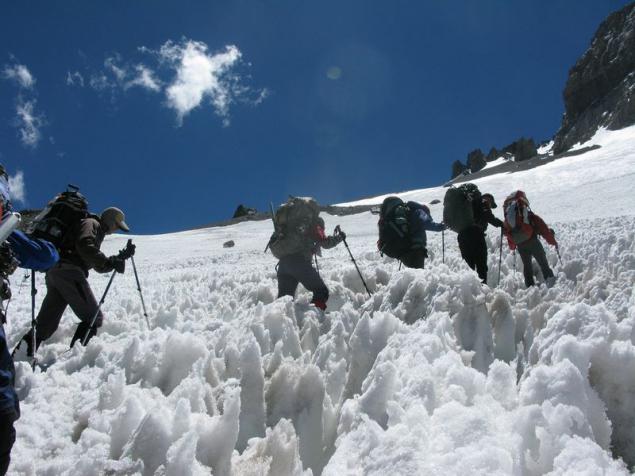
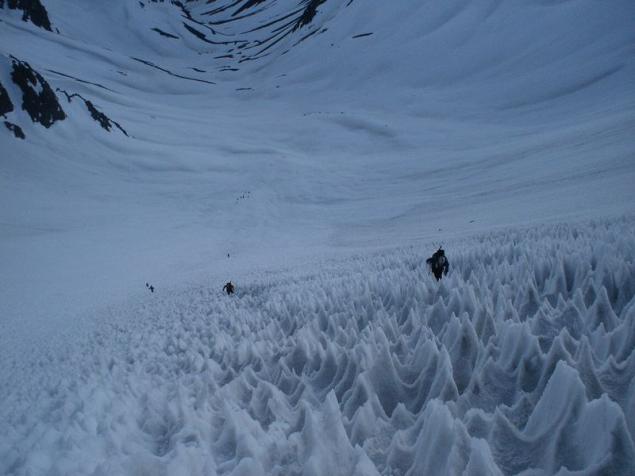
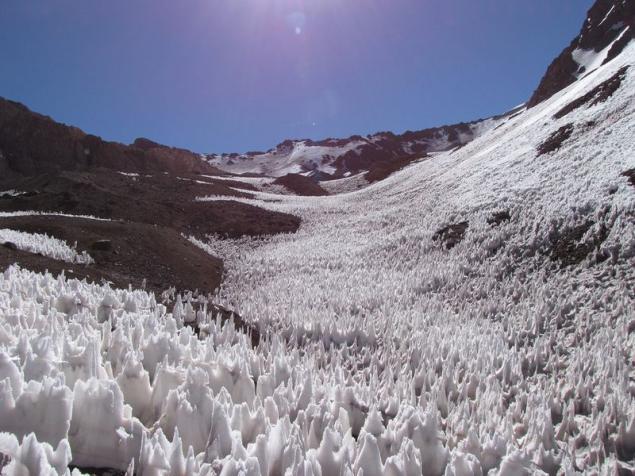
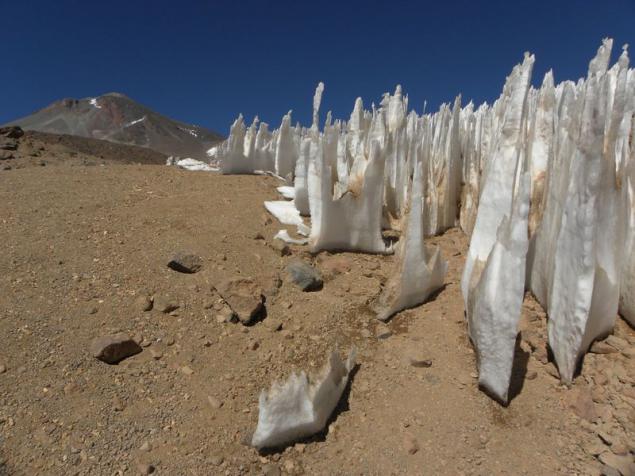
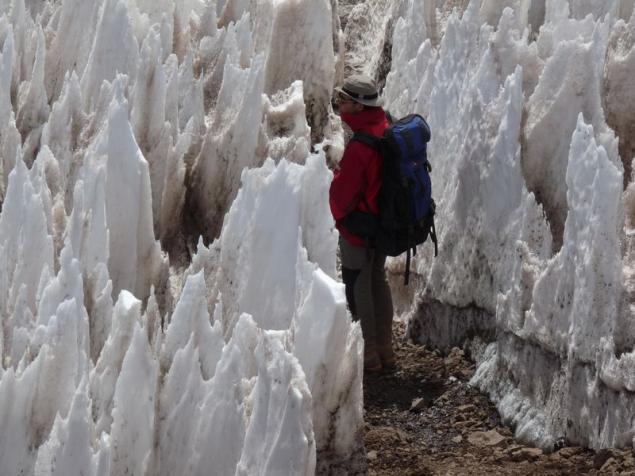
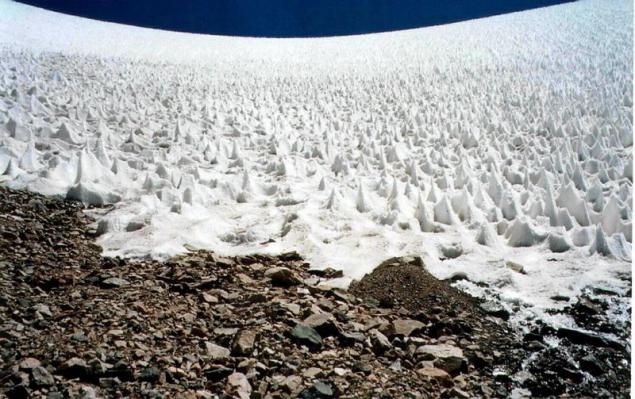
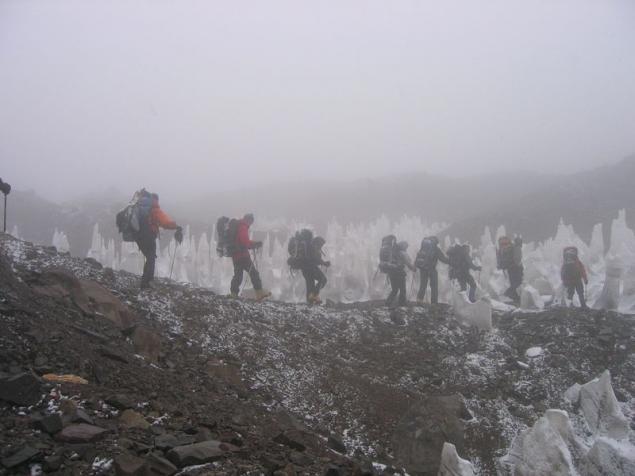
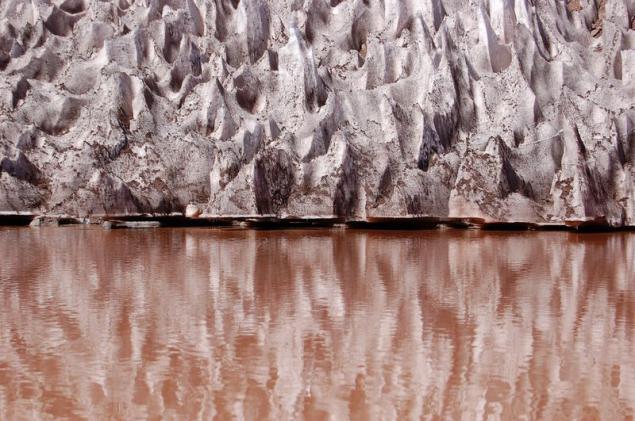
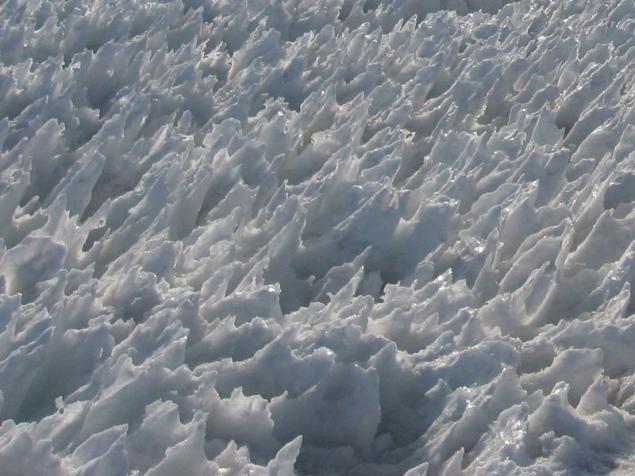
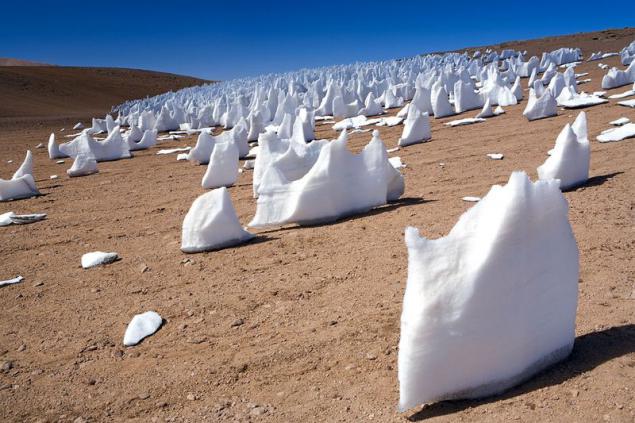
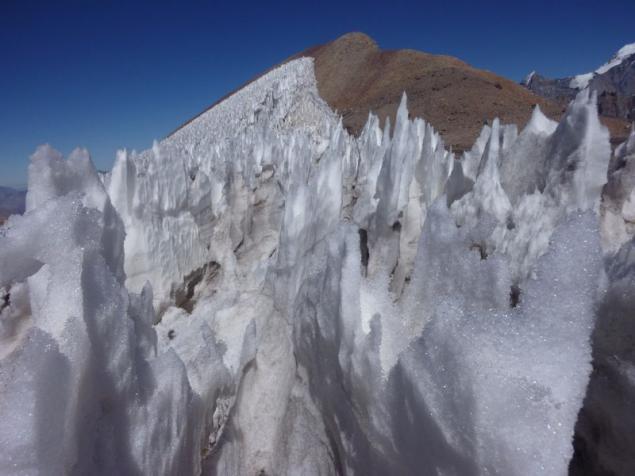
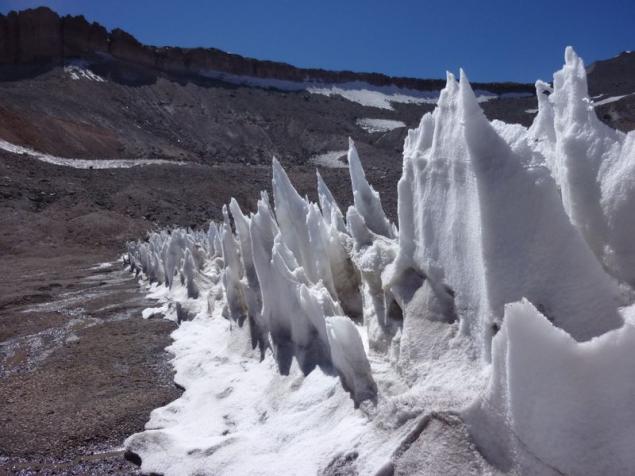
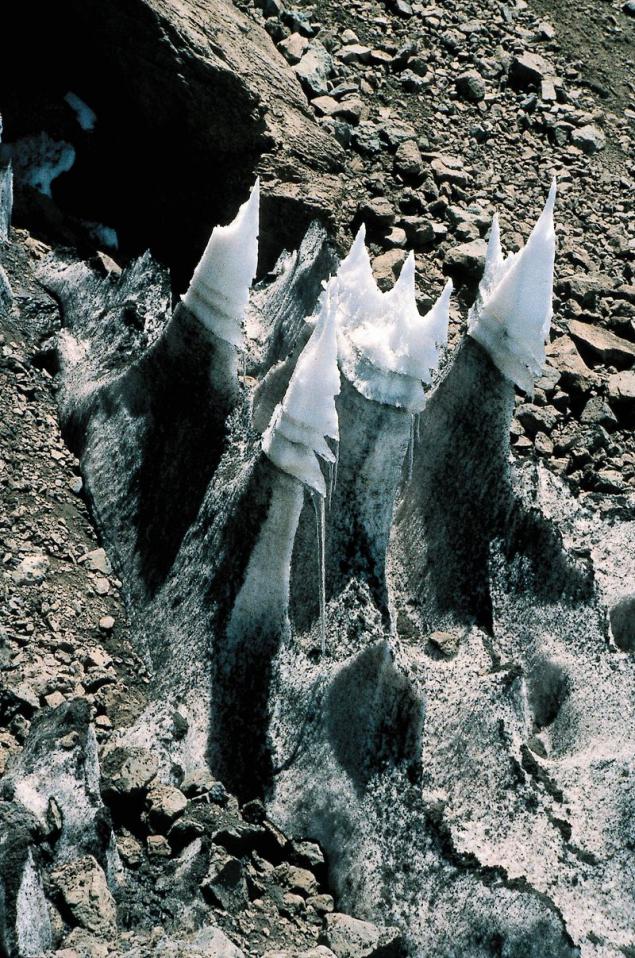
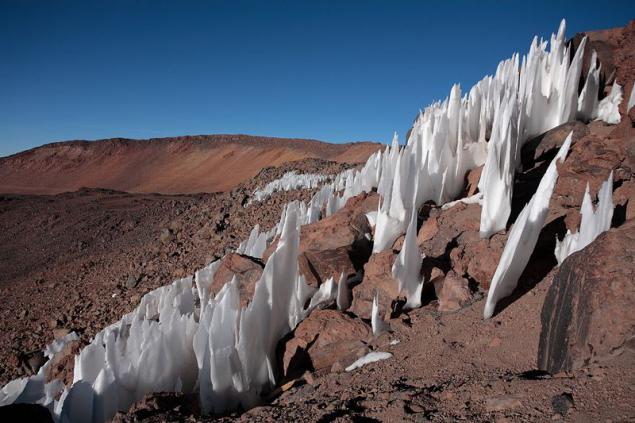
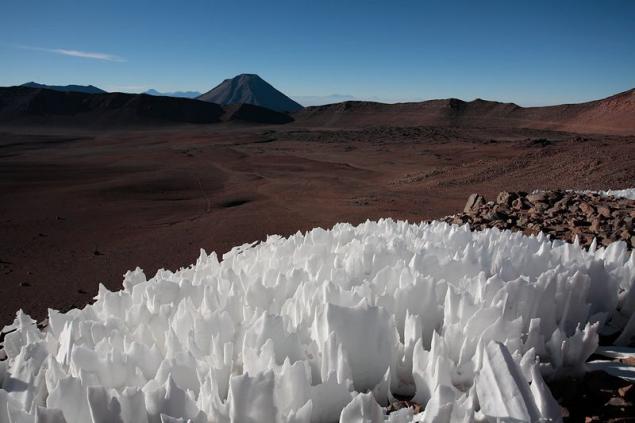
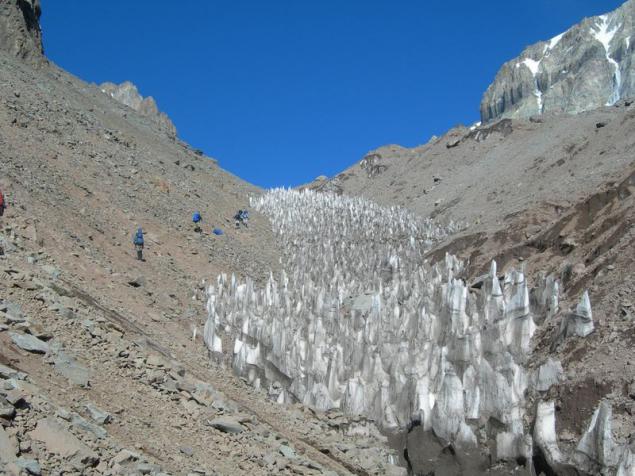
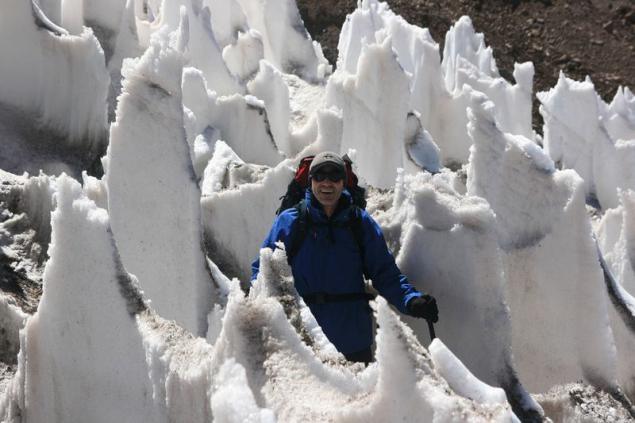
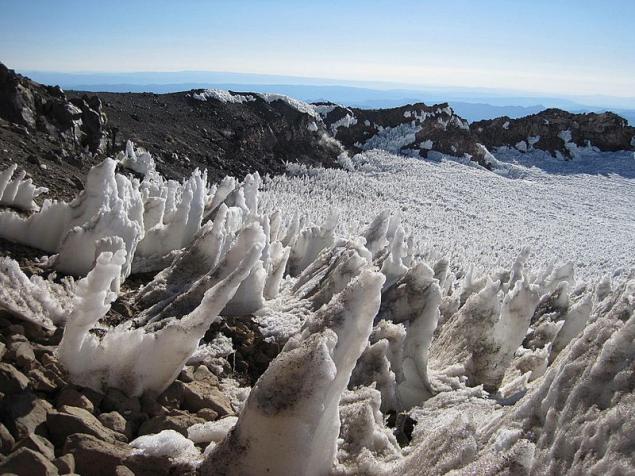
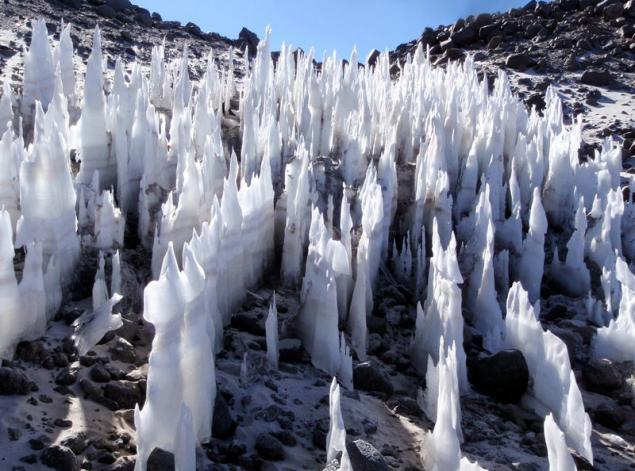
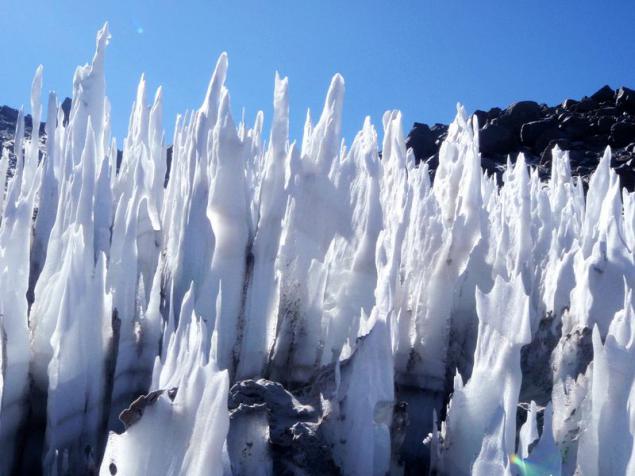
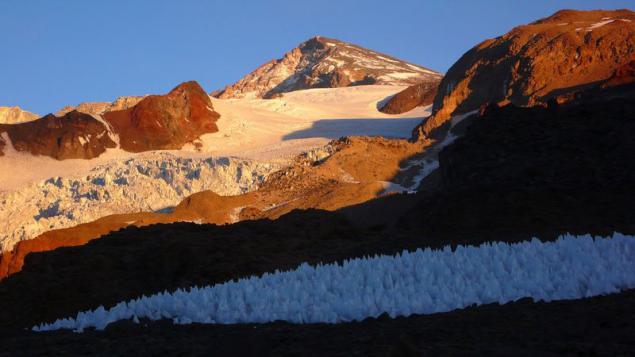


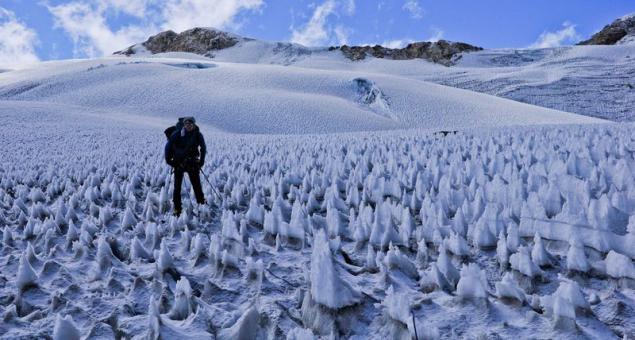
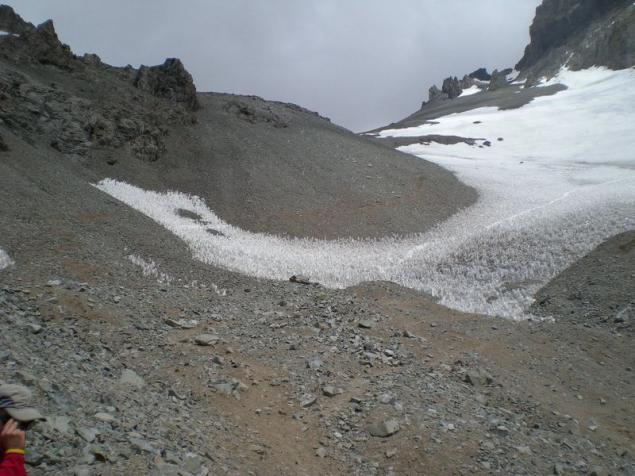
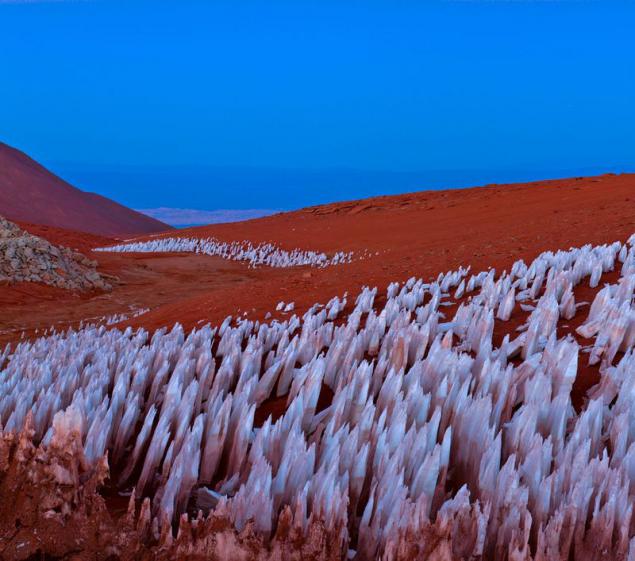
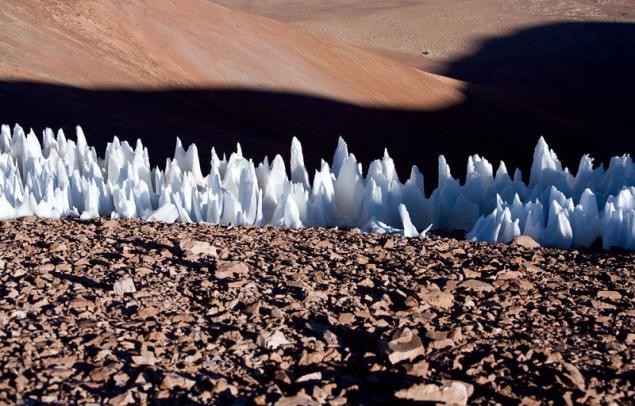
By the way, in a search engine by keyword penitents you generally fall out here are the pictures:-)

Source: masterok.livejournal.com
Let's look at this phenomenon is near.

This multiple needles of ice and snow on the glacier surface height from a few centimeters to two meters.

They were first described in the literature by Darwin back in 1839. March 22 this year, a scientist visited the snowy plains covered Penitentes, near the pass Pikuenas, on the road from Santiago de Chile in the Argentine city of Mendoza.


In the high glaciers of the Andes mountain range, where the air is very dry, snow can be converted into an amazing blade of ice several meters high, which are called Penitentes. These units take the form of a very tall thin blades of very hard snow or ice, directed towards the sun. Penitentes typically located in large groups, ranging from a few inches to two feet, but recently has been found the formation of 5 meters in height. These blades are ice and snow are growing in all areas of the snow-capped Andes height of over 4,000 meters, it is quite a common sight in the regions of honey Argentina and Chile.

Locals believed that Penitentes formed by strong winds that blow here very often
In reality, however, the wind has absolutely nothing to do with these groups. They are formed when the sunlight is converted to snow in pairs, without melting it. This process is called sublimation. Initially, the smooth snow surface irregularities appear, concentrating on myself sunlight and thus further accelerating the emergence of Penitentes.

Now scientists are paying these snow formations very close attention, believing that the process of absorption of sunlight is due to the presence of carbon in the snow. If this is true, then disappearing glaciers can be saved from the effects of global warming. Conducted extensive research on the impact of global warming on the formation of Penitentes.




























By the way, in a search engine by keyword penitents you generally fall out here are the pictures:-)

Source: masterok.livejournal.com
